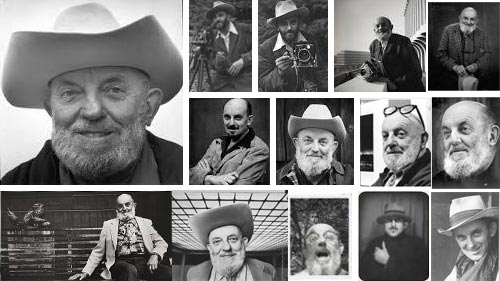
• How Do Digital Cameras Work •
You don’t have to know how your digital camera works to enjoy it. But knowing a little helps you to enjoy it better.
[Image taken from the video].
Understanding your camera better…
You don’t need an in-depth know how. Just enough to make it easy to learn more. Knowing a bit about how digital cameras work is really useful. Here is a quick and easy intro…
A few words from me
Those who know the world famous TV show, Top Gear ![]() know James May
know James May ![]() . He has a zany sense of humour. Recently he’s been doing simple science videos. In the video he shows how digital cameras work. Off-hand jokes and jibes at Richard Hammond
. He has a zany sense of humour. Recently he’s been doing simple science videos. In the video he shows how digital cameras work. Off-hand jokes and jibes at Richard Hammond ![]() make the fast-paced video fun. Watch and learn how your camera works.
make the fast-paced video fun. Watch and learn how your camera works.
How digital cameras work. With James May.
Some things to think about…
The history in the video is a bit misleading. How digital cameras work was worked out in the 1970s. By the 1980s sensors were quite advanced. But, it was not until the 1990s that digital image sensors became consumer items. Then camera makers made them small and cheap. To find out more see: A History of Photography (pt.6). The Digital Age.
Mr. May gets the idea of a pixel wrong too. He talks about pixels being on the sensor. Many people have this idea. Pixels are in images on screen. Data for digital images is collected on a digital image sensor. Each point where the data for each pixel is collected is called a photosite. Just remember, photosites collect data on the sensor. Pixels display the data in the image on the screen.
For more information about pixels check these links…
Definition: Pixel; Pixels
Definition: Photosite; Photosites
Definition: Sensor; Image Sensor; Digital Image Sensor
For some more context on pixels in your images check this: Getting down to pixel level.
Comments, additions, amendments or ideas on this article? Contact Us
or why not leave a comment at the bottom of the page…
Like this article? Don’t miss the next — sign up for tips by email.
Photokonnexion Photographic Glossary – Definitions and articles.
Top Gear
James May
Richard Hammond
Head Squeeze
Definition: Sensor; Image Sensor; Digital Image Sensor
A History of Photography – Part Six – The Digital Age
Definition: Pixel; pixels
Definition: Sensor; Image Sensor; Digital Image Sensor
Getting down to pixel level

Damon Guy (Netkonnexion)
See also: Editors ‘Bio’.
By Damon Guy see his profile on Google+.


